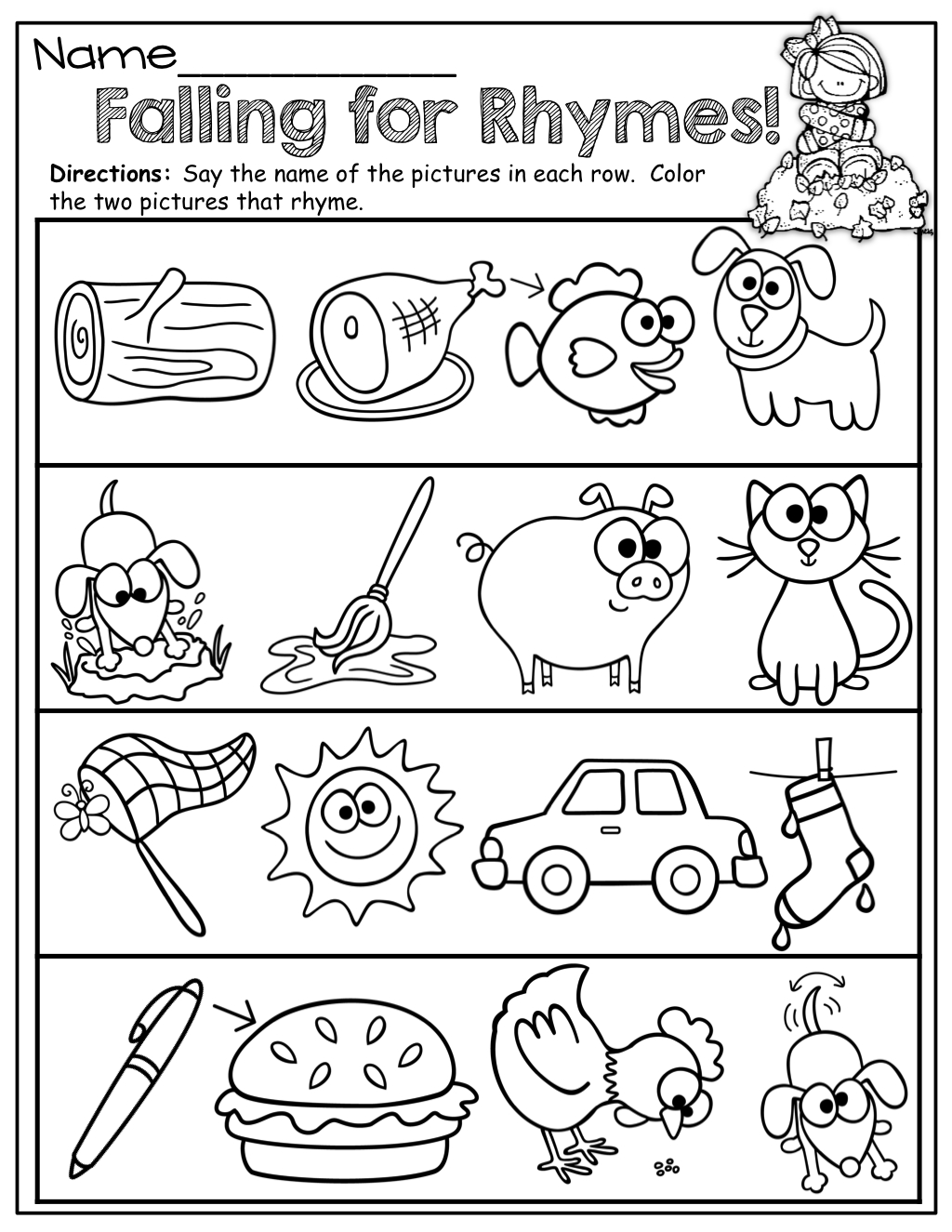

There are a few things that you want to avoid to help the process of teaching rhyme to go more smoothly, and be much quicker.

This is one of the key principles behind the 100+ ideas and activities that I demonstrate in my online course Phase 1 Phonics Toolbag.Īnyway, let’s dive into the seven step plan. Success breeds success in rhyme! So begin with activities that they literally cannot get wrong, and expand from there. So try not to get stressed! Teachers and parents around the world have issues with rhyming, and they always will, so you are definitely not alone.īut if you start as easy as you possibly can with rhyme, and follow the following steps in order, then your chances of success become much greater!

It is mainly one of many tools to help children begin to read. Then extend to games where they are starting to think of their own rhymes with support.Īn important thing to remember is that rhyming is not the be-all-and-end-all. To teach rhyming to struggling students you should begin with simple chants, songs and books. However, there are some steps you can put in place, to help children maximize their potential in this area at least.įollow these in order, and you are much more likely to see success. In ten years of teaching young children, I have seen many children learn to read fluently, and still not be able to complete a rhyming string. Rhyming is a very hard concept, and a lot of children take a long time to understand it.


 0 kommentar(er)
0 kommentar(er)
